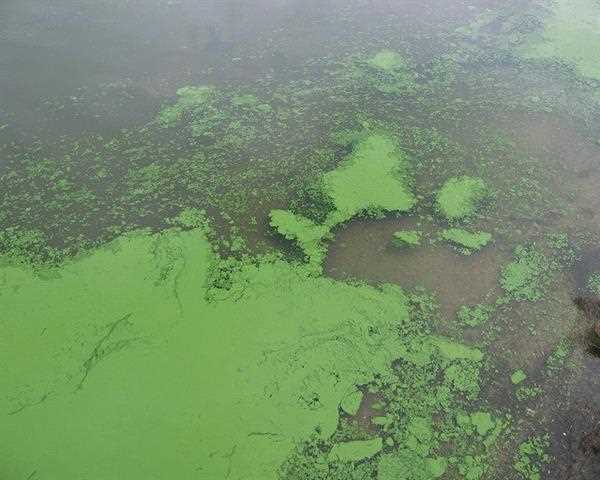Cyanobacteria, also known as blue-green algae, are a diverse group of bacteria that are found in various environments all over the world. These microorganisms have been around for billions of years and have played a significant role in the evolution of life on Earth. In this article, we will take a closer look at cyanobacteria and where they are found.
What are Cyanobacteria?
Cyanobacteria are photosynthetic bacteria that are capable of converting energy from the sun into food. This process, known as photosynthesis, releases oxygen into the atmosphere and is thought to have played a crucial role in the evolution of the Earth's atmosphere and the development of life. Cyanobacteria are also important for their ability to fix nitrogen, which is essential for the growth of plants.
Cyanobacteria are found in a variety of environments, including freshwater and marine ecosystems, soil, and on the surfaces of rocks and other minerals. They are known for their ability to survive in harsh conditions, such as high salt concentrations and extreme temperatures, making them one of the most versatile and adaptable organisms on the planet.
Where are Cyanobacteria Found?

Cyanobacteria are found in a variety of environments, including:
Freshwater Ecosystems: Cyanobacteria are commonly found in freshwater ecosystems, such as lakes, ponds, rivers, and streams. They are able to thrive in these environments due to their ability to fix nitrogen and produce oxygen through photosynthesis.
Marine Ecosystems: Cyanobacteria are also found in marine environments, such as oceans and coastal areas. They are often found in shallow waters, where they receive enough light for photosynthesis.
Soil: Cyanobacteria are also found in soil, where they play an important role in fixing nitrogen and promoting the growth of plants.
Rocks and Minerals: Cyanobacteria are also found on the surfaces of rocks and minerals, where they form colonies and contribute to the formation of stromatolites, ancient structures that are believed to have played a crucial role in the evolution of life on Earth.
Conclusion
Cyanobacteria are a diverse group of bacteria that are found in various environments all over the world. These microorganisms play an important role in the evolution of life on Earth due to their ability to convert energy from the sun into food, fix nitrogen, and produce oxygen. Cyanobacteria are found in freshwater and marine ecosystems, soil, and on the surfaces of rocks and other minerals. They are known for their ability to survive in harsh conditions, making them one of the most versatile and adaptable organisms on the planet.